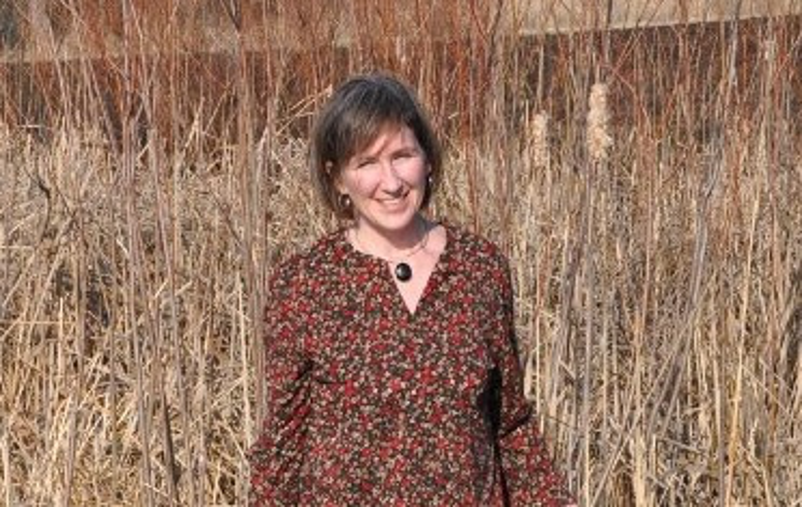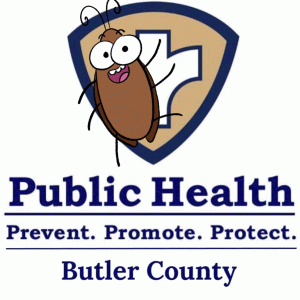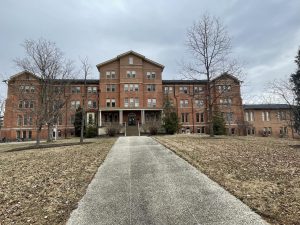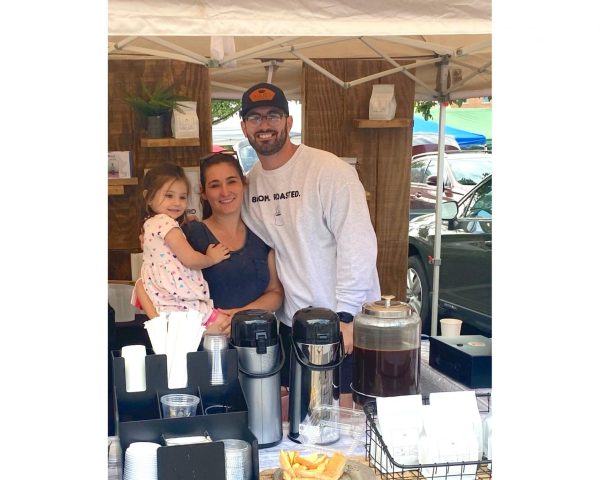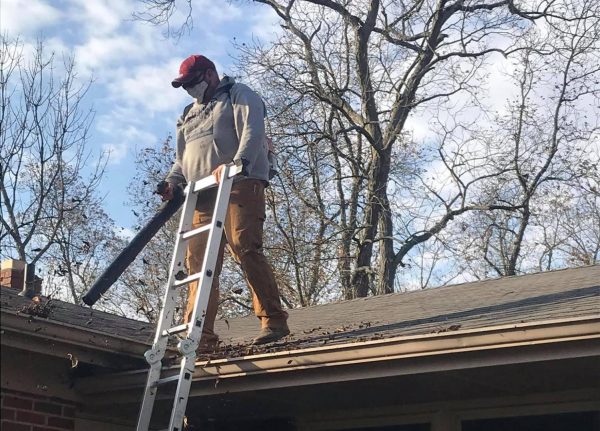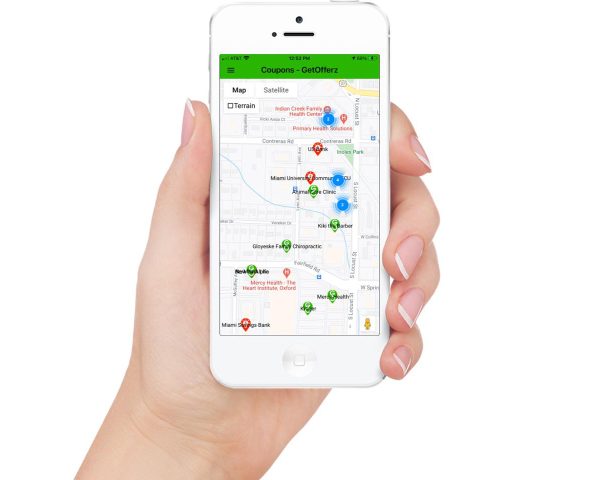Talawanda students experience breakthrough COVID-19 cases
This representation of the COVID-19 virus shows spikey proteins on the shell. Konkolewicz says his team is looking for polymers that can disrupt the shell.
October 8, 2021
When Alyssa Black started experiencing COVID-19 symptoms, she took an at-home antigen test as a precaution, but didn’t really think she had contracted the coronavirus.
“I thought I had a cold or something, and taking the test was kind of a ‘just in case’ safety measure,” she said.
Black, a junior at Talawanda High School, got vaccinated against COVID-19 in May 2021. “I was pretty surprised when I tested positive,” she said, “and I was already dreading the days of quarantine that were in my future.”
She experienced a breakthrough COVID-19 case, which the Centers for Disease Control and Prevention (CDC) defines as when a person contracts the virus at least two weeks after receiving their final dose of vaccine. Because the CDC only tracks breakthrough cases that result in hospitalization or death, the exact number of cases are unknown. As the Delta variant travels through the population, however, data from several states indicate that breakthrough cases are rising.
“From a mathematical perspective, this makes sense,” said Timothy Wilson, an assistant professor of microbiology at Miami University. “The higher the percentage of people in the population that have been vaccinated, the more COVID cases are ultimately going to be coming through vaccinated people.”

Wilson explained that the longer it has been since vaccination, the higher the chance of a breakthrough case. “When you get vaccinated, a couple things happen. You activate cells called B cells, which produce antibodies, and you activate T cells, which respond to the virus,” he said.
Many of these cells are produced in the weeks immediately after vaccination, but as time goes on, their numbers decline. “This is a totally normal process,” Wilson said. “In the beginning, the goal is to produce a response that can clear the virus. Then, you transition to the memory response, where you have memory B and T cells to respond quickly the next time you’re infected.”
Waning immunity and breakthrough cases occur when the level of COVID antibodies circulating in the blood drops. “Antibodies are good at blocking infections, but not as good at clearing infections. So as levels drop, you become susceptible to becoming infected,” Wilson said.
Due to breakthroughs, it is recommended that anyone with COVID-19 symptoms be tested as a precaution.
“If you’re having any symptoms that seem like COVID, go get a test,” said Wilson. “Most of the tests being run now in Health Services at Miami aren’t giving COVID-positive results, but other respiratory infections, but getting tested at least rules out COVID.”
Olivia Urlage, a senior at Talawanda High School, also experienced a breakthrough case. Urlage, who got vaccinated in June, said she started feeling sick one day at school. “It was a really bad ache in my body and head, and I just had a feeling it was COVID,” she said. “When I tested positive, my head started racing with questions like where did I get it? Who have I been in contact with? It was incredibly stressful seeing those two lines on the test strip.”

Urlage said she had a headache, body aches, and lost her sense of taste and smell. She described the experience as draining. “It felt really difficult to get myself to do schoolwork while I had COVID,” she said. “I really had to push myself to get caught up.”
“I recovered surprisingly quickly though, which I’m super thankful for,” she said.
According to Wilson, breakthrough cases generally have a quick recovery time. The presence of memory B cells and T cells in one’s system after being vaccinated or infected with the virus means that the infection will likely be milder.
“You can ramp up your immune response quickly, and you can clear the infection in less time,” Wilson said.
Black described having a few minor symptoms, and said she was grateful the vaccine likely prevented more severe illness. “I had a stuffy nose, sore throat, and a high fever for about four days straight, which was not fun, but I’m extremely thankful I’m vaccinated. I can only imagine how much worse the symptoms would’ve been otherwise,” she said.
Breakthrough cases occur throughout all demographics, from teenagers to elderly populations. “It tends to be related to your level of exposure,” Wilson said. “The odds of getting a breakthrough case are elevated in the elderly because their immune response to vaccination tends to be lower,” he added.
He advised the public to look out for news regarding booster shots for their age group, but also emphasized that in a few years, COVID-19 may become a commonly circulating virus. Wilson said that the transition from the pandemic phase into the endemic virus phase, where COVID-19 becomes a circulating coronavirus, has already begun.
“There’s quite a few other coronaviruses circulating in humans and on average, people get reinfected with those about every four years. It ranges from about one to seven years,” he said. “When you think of the normal cold virus you get, these are things that for the most part, you’ve been infected with before and get reinfected with again when your immune antibody response starts to wane.”
While breakthrough cases may be widely discussed now, Wilson predicted it will be seen as normal in a few years. “Over time, maybe five years from now, no one’s going to be talking about breakthrough cases. They’ll be talking about getting a cold because we’ll have developed greater immunity either through vaccination or infection.”
Overall, Wilson emphasized the importance of receiving the COVID vaccine and staying calm about breakthrough cases.
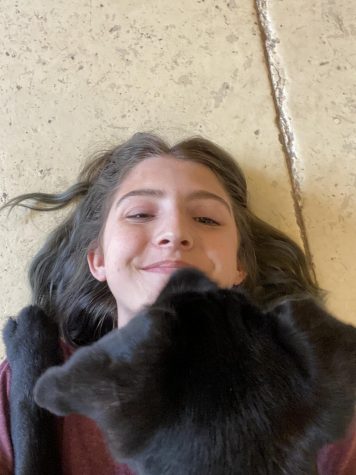
“People interpret the breakthroughs as the shots aren’t working, but it’s a misconception that the vaccine will prevent you from ever getting infected. Really, the goal of the vaccine is to keep you alive and out of the hospital,” he said. “If the expectation is that you get a shot and you’re invincible, you’ll be disappointed. If the expectation is that you get a shot and go back to living a fairly normal life, then that’s a good assumption.”
Black said that she still completely trusted science after her illness. “Just because you can still get COVID while vaccinated doesn’t mean you shouldn’t get the vaccine,” she said. “One year, I got the flu after getting a flu shot, and it’s the same idea with COVID. My symptoms could’ve been much worse had I not been vaccinated.”
Wilson indicated that as long as people remain unvaccinated, the pandemic continues on. “The sooner we all get our shots, the sooner our normal life returns and COVID becomes more of a nuisance and less of an emergency,” he said.
He stressed that people shouldn’t be overly alarmed about breakthrough cases. “The media can sensationalize things,” Wilson said. “There was a news article talking about how the Pfizer vaccine is only 50% effective at preventing infection, but actually, the protection against hospitalization remained the same. It’s important for people to look at the details. All in all, don’t panic,” he said.








